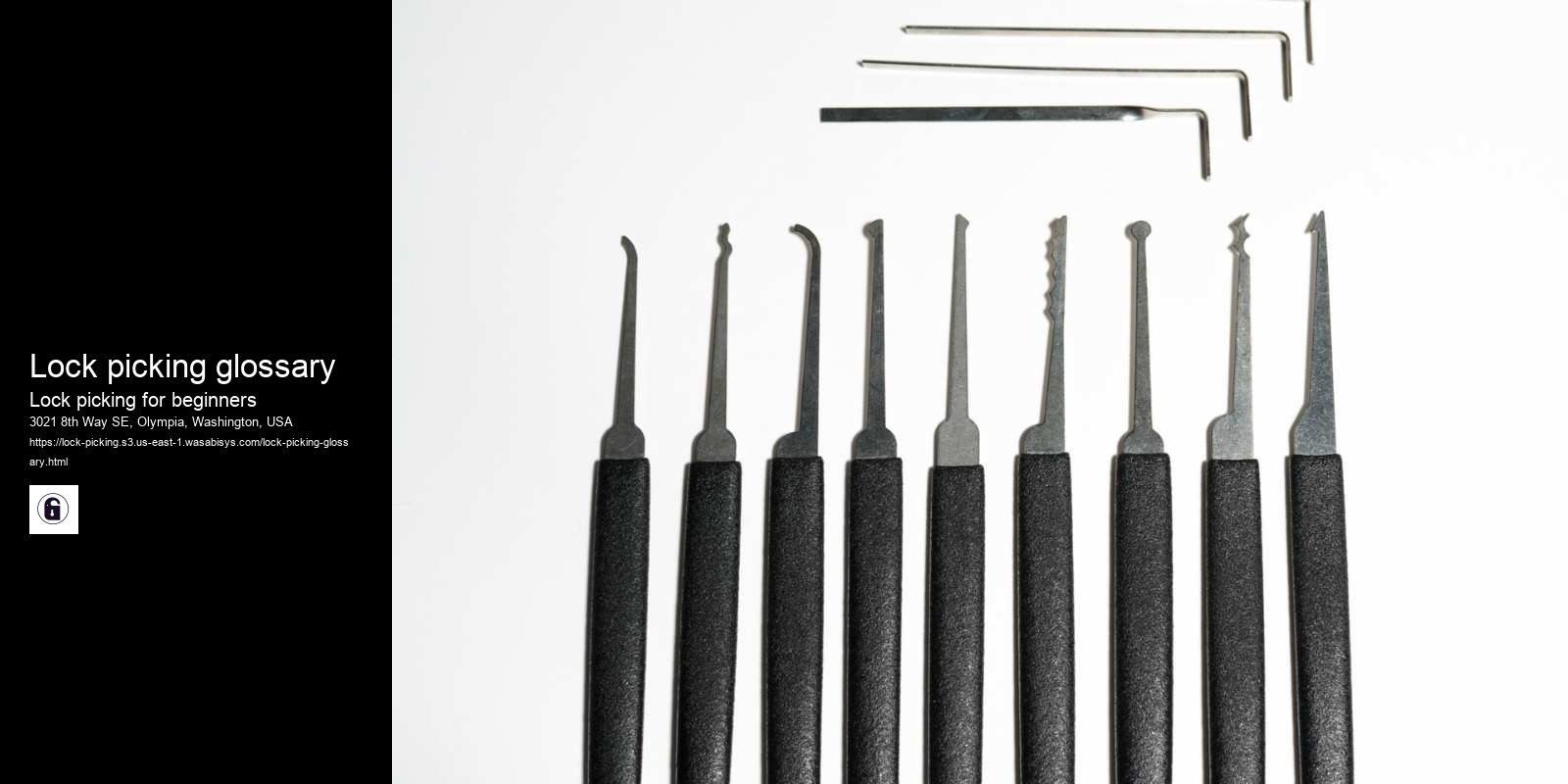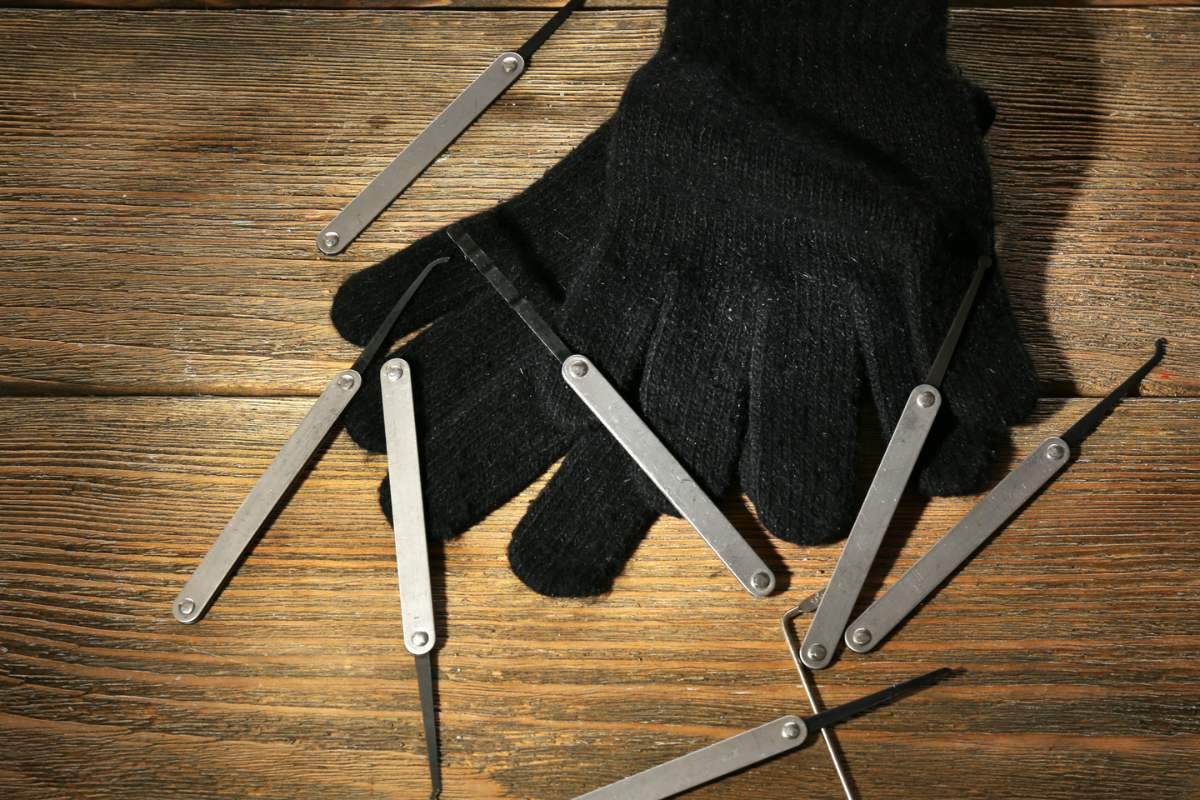Can lockpicking damage the door or frame?
When it comes to lock picking, both tension wrenches and torsion wrenches are essential tools. However, they have different designs and are used for different purposes. A tension wrench is a thin, L-shaped tool that is used to apply rotational pressure to the lock cylinder. It is inserted into the keyway and turned to create tension, which puts pressure on the pins inside the lock. This tension allows the picker to feel for the binding pin and apply the appropriate amount of pressure to manipulate it.
On the other hand, a torsion wrench is a flat, bent piece of metal that is used to create a rotational force on the lock cylinder. It is inserted into the keyway and twisted in the direction that the lock needs to turn to open. Unlike the tension wrench, which is used to apply pressure to the pins, the torsion wrench is used to apply pressure to the entire lock cylinder, causing it to rotate and unlock.
While the two types of wrenches have different designs and functions, both are important tools in the lock picking process. The right choice of wrench will depend on the specific lock being picked and the preferences of the picker. Ultimately, a skilled lock picker will be able to use both tools effectively to open a wide variety of locks.


